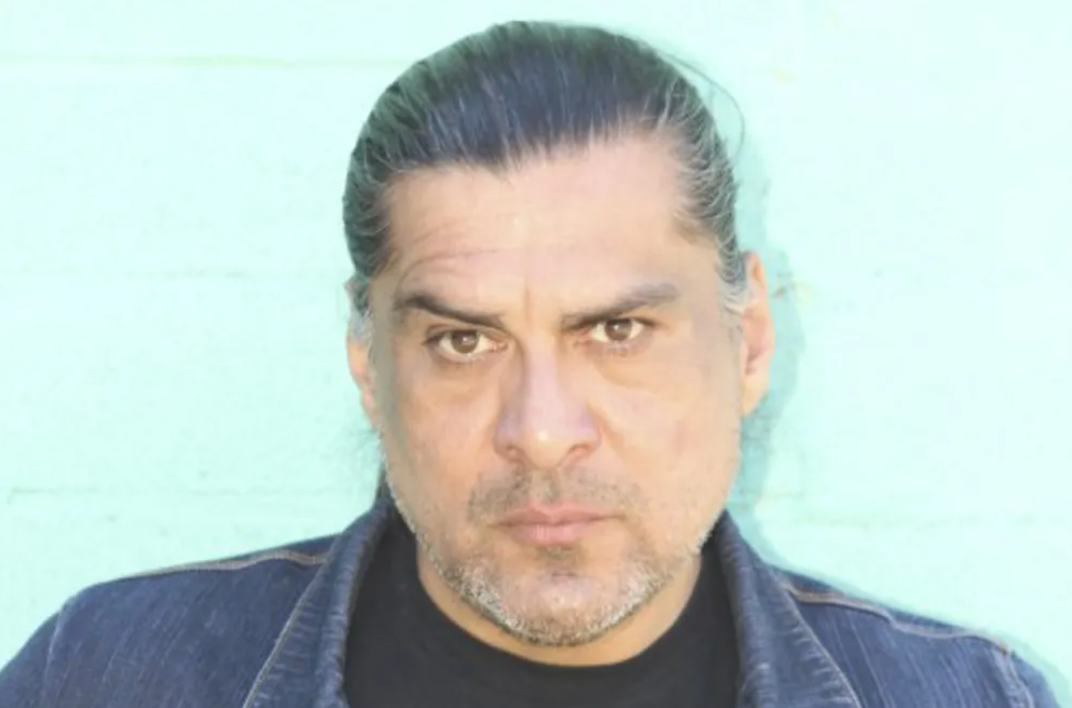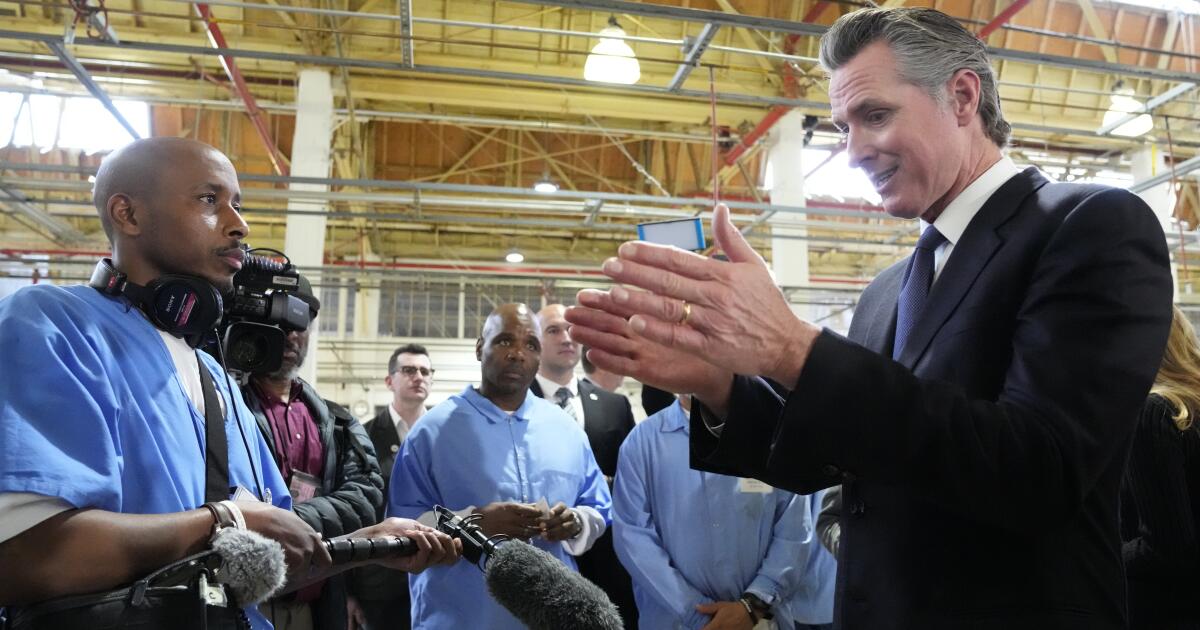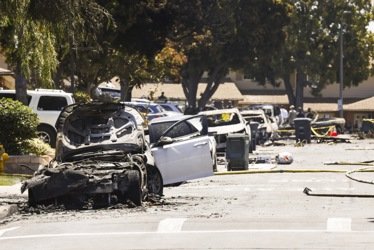San Antonio Police Department Release Second statement on Jonathan Joss murder
On June 1, 2025, Jonathan Joss, 59, from San Antonio, Texas, was fatally shot by neighbour Sigfredo Ceja Alvarez.
Joss, a beloved voice actor and musician, who was best known for his roles in King of the Hill, as John Redcorn and as Chief Ken Hotate in Parks and Recreation, died from a gunshot wound outside his house as his husband, Tristan Kern de Gonzales, held him.
“I just kept telling him: ‘It’s OK. You need to cross over. You don’t need to keep struggling. You need to go ahead and cross over easy.’” Kern de Gonzales said.
Alvarez is alleged to have said a homophobic slur, “Jotos”, at the newlyweds, who were married in March this year. According to Kern de Gonzales, a trans man, this attack came after years of homophobic abuse and not being listened to by the Arizona PD.
“I’ve been called that word while I was sitting on a bench with Jonathan, eating lunch. And I got called that holding Jonathan while he died.” Said Kern de Gonzales, who on Joss’ Facebook account, claimed that the pair had been experiencing homophobic hate from Alvarez for some time.
Joss’ murder has been described by some on social media as a ‘lynching of a native man for being gay’, while Native advocacy organisations and influencers are also pointing to Joss’ heritage as an Apache and Comanche descendant.
In 2021, a report by the Sovereign Bodies Institute and the California Rural Indian Health Board was published in The Guardian. Of the 18 respondents to the study who identified as ‘Native LGBTQ2’, almost 90% reported multiple forms of violence.
As reported by Them, a 2025 report from the Human Rights Campaign further states that LGBTQ+ and Two-Spirit Indigenous people face disproportionately high rates of police violence.
One respondent, Monique “Muffie” Mousseau, 56, Oglala Lakota, said, “A police officer saw me hugging and kissing my wife. He jumped me, saying, ‘we don’t tolerate f**s in South Dakota’.”
Another one, from an anonymous contributor, said, “Give me help. Don’t give me harassment. And that’s all we get around here. They harass you first. Give you help last.”
Originally, the San Antonio Police Department denied that Joss’ murder was motivated by homophobia in a statement posted to the social media platform X on June 2, despite taking these claims “very seriously”, allegedly.
However, two days later, on June 4, the San Antonio PD released another statement on the social media platform. This time, in partnership with Pride San Antonio.
We see you, we hear you and we stand with you. Join us June 5th, in partnership with @PrideSanAntonio https://t.co/Z94nzkETIc pic.twitter.com/rQmOfluXex
— San Antonio PD (@SATXPolice) June 4, 2025
The statement, which sets out to reassure the LGBTQIA+ community that the San Antonia PD stand with them and hears their concerns, has not been received well by commenters.
One commenter wrote, “So it’s a hate crime now that we pointed it out to you???? Yesterday “we don’t have any evidence” you corrupt fuckers (also police don’t belong at pride fuck you)”
Another accused the Police Department of being so “brainwashed by radical right wing extremism” that it could no longer recognise hate crimes.
On June 4, NBC News reported that, according to obtained call logs, Police were called to respond to incidents at their home more than four dozen times, with most of the calls labelled as “disturbances.”
NBC were able to confirm with a police spokesperson that the police department’s “SAFFE” unit, which works to prevent crimes, had been mediating a dispute between neighbours Alvarez and Joss for over a year. Other aspects of the dispute, which involved a crossbow, a claim of arson against Alvarez and questions surrounding the display of Joss and Kern de Gonzales’ former dog’s skull, who is thought to have perished in the house fire.
The news channel expressed that this evidence combined painted a “complicated picture of what led up to Joss’ death.”
In February 2025, the Williams Institute published its report detailing the targeted, systematic attack on LGBTQIA+ rights, following the two weeks of Trump’s election. However, the reversal and systematic stripping of rights predate Trump and are traceable over the past decade, according to the American Civil Liberties Union, or ACLU.
“In 2023, the ACLU tracked 510 anti-LGBT[QIA+] bills, and in 2024, it tracked 533 anti-LGBT bills that were introduced in state legislatures across the United States”, states the report.
Comparatively, the ACLU has already tracked 339 anti-LGBTQIA+ bills across the U.S as of February 10, 2025, alone. So it’s perhaps no wonder that these systematic attacks have resulted in LGBTQIA+ people being five times more likely than non-LGBTQIA+ people to be victims of violent crimes.
This is exacerbated by low trust in police forces, who, according to a 2024 Police Insight analysis, state that; “When we asked survey respondents if they would call the police for help if they became victims of a crime, we found that LGBTQ[IA+] people were less likely to say yes than non-LGBTQ[IA+] people: 71% compared with 87%.”
With growing anti-LGBTQIA+ sentiment in the US, alongside the litany of failures to protect Native American communities, it is perhaps easy to understand the sense of discouragement and distrust currently being felt in relation to Joss’ murder.













